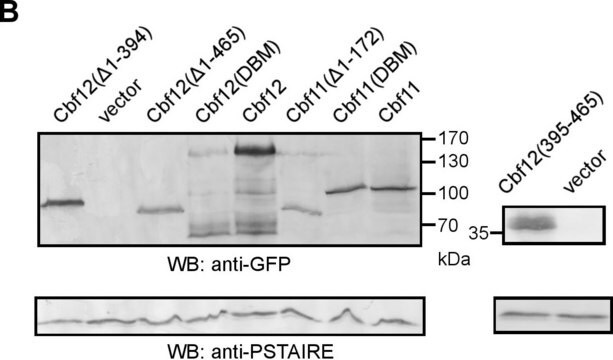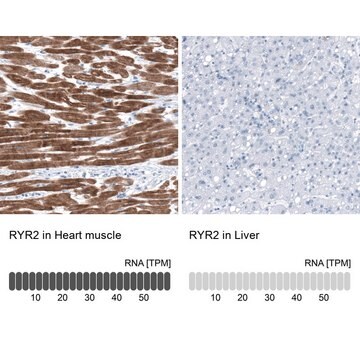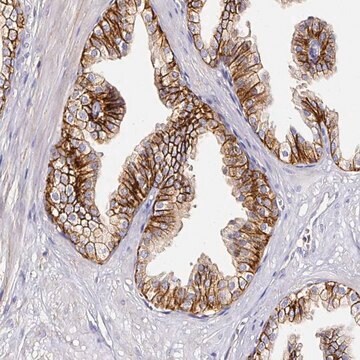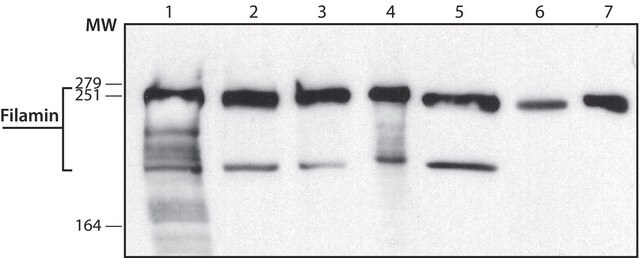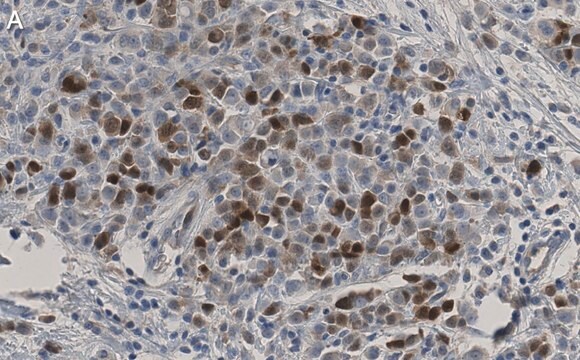Kluczowe dokumenty
SAB4200861
Anti-PSTAIR antibody, Mouse monoclonal
clone PSTAIR, purified from hybridoma cell culture
Synonim(y):
pan-CDKs
About This Item
Polecane produkty
forma przeciwciała
purified from hybridoma cell culture
Poziom jakości
klon
PSTAIR
Formularz
liquid
reaktywność gatunkowa
rat, monkey, human, mouse
stężenie
~1 mg/mL
metody
immunoblotting: 0.5-1.0 μg/mL using whole extracts of COS7 cells.
izotyp
IgG1
Warunki transportu
dry ice
temp. przechowywania
−20°C
docelowa modyfikacja potranslacyjna
unmodified
Opis ogólny
Specyficzność
Zastosowanie
Działania biochem./fizjol.
In the fission yeast Shizosaccharomyces pombe, a single major CDK has been identified (cdc2) while in human cells, the growing list of CDKs now includes also cdc2 (Cdk1), and Cdk2 to Cdk7. The typical CDK catalytic subunit contains a 300 amino acid catalytic core that is completely inactive in monomeric and unphosphorylated state.13 15.14 CDKs are constitutively expressed throughout the cell cycle and are activated and inactivated by specific kinases and phosphatases.15,16 In every eukaryote examined, CDKs contain an evolutionary conserved 16 amino acid sequence called PSTAIR (EGVPSTAIREISLLKE) which distinguishes them from other protein kinases. The PSTAIR motif is involved in the complex formation with cyclins. The availability of monoclonal antibody reacting specifically with the PSTAIR sequence1,17 enables the subcellular detection and localization of the various CDKs and examination of substrate interactions, in a variety of organisms.
Postać fizyczna
Przechowywanie i stabilność
Oświadczenie o zrzeczeniu się odpowiedzialności
Kod klasy składowania
12 - Non Combustible Liquids
Klasa zagrożenia wodnego (WGK)
WGK 1
Temperatura zapłonu (°F)
Not applicable
Temperatura zapłonu (°C)
Not applicable
Wybierz jedną z najnowszych wersji:
Certyfikaty analizy (CoA)
It looks like we've run into a problem, but you can still download Certificates of Analysis from our Dokumenty section.
Proszę o kontakt, jeśli potrzebna jest pomoc Obsługa Klienta
Masz już ten produkt?
Dokumenty związane z niedawno zakupionymi produktami zostały zamieszczone w Bibliotece dokumentów.
Nasz zespół naukowców ma doświadczenie we wszystkich obszarach badań, w tym w naukach przyrodniczych, materiałoznawstwie, syntezie chemicznej, chromatografii, analityce i wielu innych dziedzinach.
Skontaktuj się z zespołem ds. pomocy technicznej